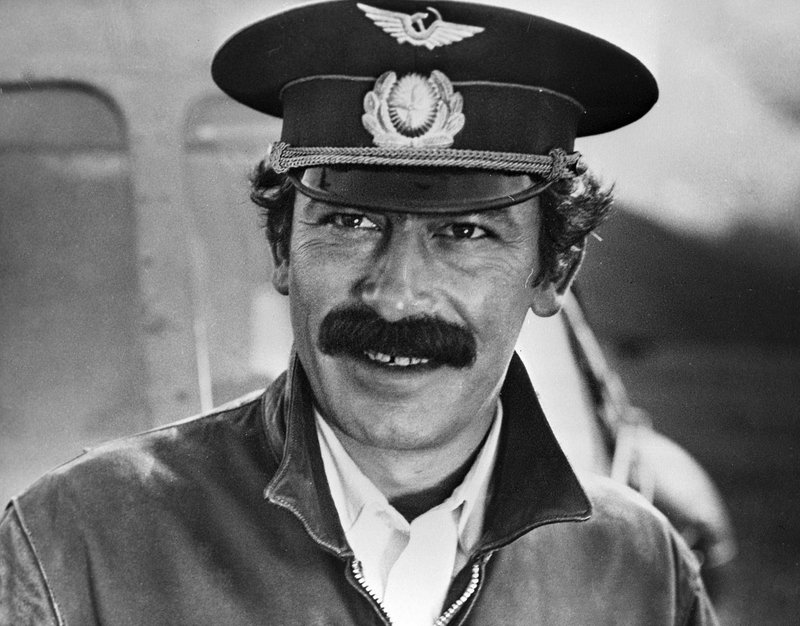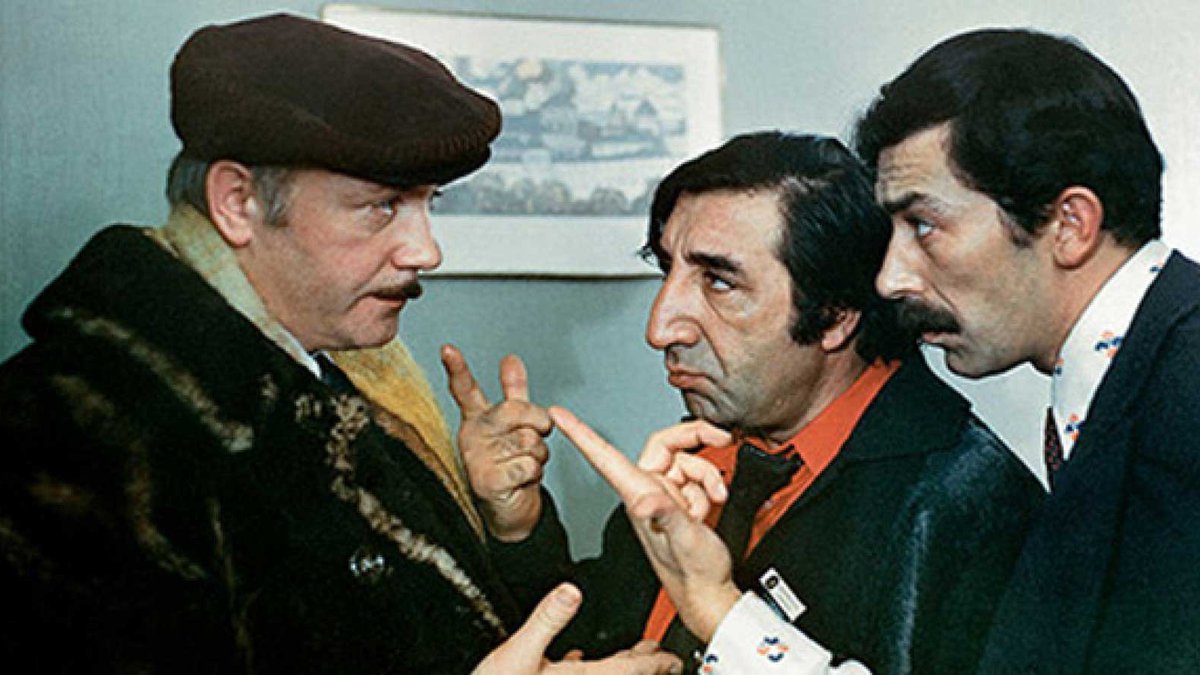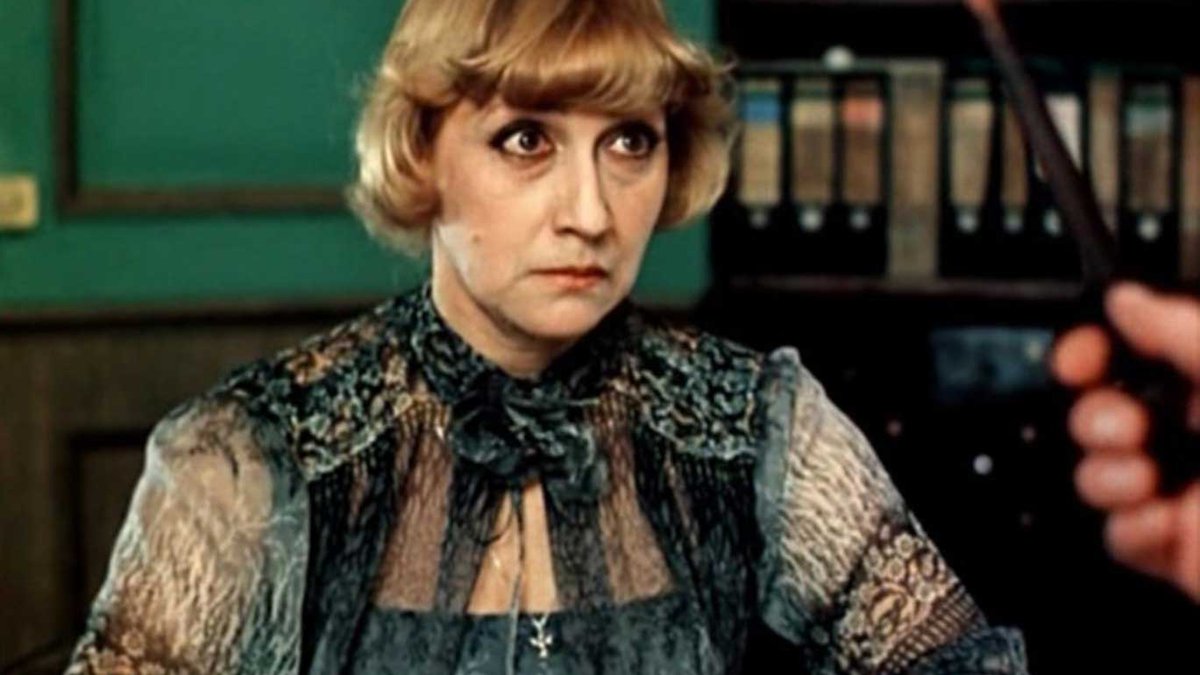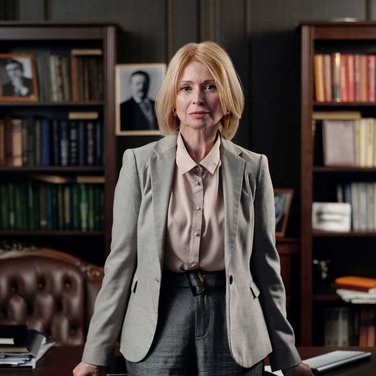
The history of Georgian cinema in motion pictures and faces. Georgian actors.
The first Georgian films appeared in the early 20th century, before the revolution. Georgian cinema received a strong impetus to the development in the 20s of the last century - several "star" directors Mikhail Chiaureli, Nikoloz Shangelach, Kote Mikaberidze appeared at once
The most interesting thing about Georgian cinema⬇️
Georgian cinema
Georgian cinema can be compared with the national Georgian cuisine. All the piquancy, sharpness, naturalness, taste and color are no less evident on the screen. After trying any of the dishes, you will definitely feel and admire its taste, demanding more and more.
And now you're a fan Georgian cinema. So let's look deeper into this phenomenon. Georgian cinema will soon turn a hundred years old. Georgia joined the cinema art early, having got acquainted with the industry immediately after Russia and after European countries.
The first Georgian films were works in the genre of documentary films, directed by Vasily Amashukeli, shot in the period from 1907 to 1912. Unfortunately, the only full-length film of his authorship, "Akaki Tsereteli's Journey to Racha-Lechkhumi", has not been preserved in its original form and now we can only look at some fragments.
But this tape can claim to be the first full-length documentary in the world. The final stage in the formation of cinematography on the territory of Georgia can be considered the period after the loss of the Democratic Republic of Georgia to the Bolsheviks and the establishment of Soviet power in the country.
In the 1920s, such directors as Mikhail Chiaureli, Nikoloz Shangelach, Kote Mikaberidze and Mikhail Kalatozishvili began their creative activities. It is during the period of their creative activity that Georgian cinema acquires its characteristic features, namely national flavor, mild humor and sympathy for people.

It is not by chance that they believe that it is Georgian cinema it became the birthplace of an amazing genre of tragicomedy. Despite the rigid framework established by Soviet propaganda and censorship that existed at that time, Georgian cinematographers were able and could create original and original films filled with dance and music that were popular and loved by viewers throughout the Soviet Union.
The studio "Georgia-film" has become the heart of the Georgian cinema world. This is not only the name of the largest film studio, but the whole era, which is a sign of quality and a matter of pride. And this is a well-deserved title, because about 1200 films were shot on the basis of Georgia-Film, 100 of which were awarded at film festivals around the world.
The year of the foundation of the famous place was 1921. In the 1930s, animated films began to be produced here, and later documentaries and popular science. An interesting detail is that it was here more often than at other film studios that films were shot by women. It is difficult to say whether it is an accident or a national character.
A huge tragedy in the history of Georgian cinema was the fire that occurred in the premises of the studio "Georgia-film" in 2005, then a huge archive was destroyed by fire. But great films can be compared to manuscripts, they also do not burn and will never be forgotten. The 70s and 80s of the last century are characterized by the heyday of Georgian cinema, and author's cinema, director's, where each tape is a piece work.
In 1970, the release of the film directed by Otar Ioseliani "There lived a singing Thrush", a landmark for the Soviet industry, took place. In 1969, George Shengelai's "Pirosmani" was published, dedicated to the life and work of the famous Georgian primitive artist Niko Pirosmani.
It would also be a sin not to mention the master of Georgian cinema Tengiz Abuladze, who owns the authorship of such a famous, not only in the USSR, but also in the world, the 1977 film "Tree of Desires", as well as the talented Nodar Managadze, who shot "How a good fellow was Married" and "Revived Legends" of 1975 and 1977 accordingly.
In addition to the above, the following can be attributed to the "golden pantheon" of legendary Georgian works: "Giorgobiste" by Otar Ioseliani. "Big Green Valley" - Merab Kokochashvili. "An extraordinary exhibition." "Cranks" - Eldar Shengelai, who laid the foundations of the aesop language in cinema.

We can say the legendary "Mimino" and "Do not grieve!", the author of which is George Danelia. His paintings are still considered examples of comedy. In the early 1980s, the "Blue Mountains" of the same Eldar Shengel thundered, as they contained a prediction of the collapse of the USSR. Rezo Chkheidze's film "Lurja Magdana" was awarded at the Cannes Film Festival, and Tengiz Abuladze's "Repentance" was awarded the Grand Prix there.
Along with the famous directors and paintings, it is worth mentioning the Georgian actors who gave us our favorite heroes. These are Givi Berikashvili, Vakhtang Kakabidze, Sofiko Chuareli, Sergo Zakaridze, Kakhi Kavsadze, Nato Vachnadze, Lika Kavzharadze and many others. We can talk about their unique artistry and incredible brightness for a long time. And it's even better just to see it!
After the collapse of the Soviet Union and the establishment of Georgia as an independent and sovereign power, the film industry was in decline. The reason for this was that the new state had many other problems and concerns, so there was simply no time or money to create new films. Because of this, many actors and directors were forced to emigrate to other countries.
For example, Teymuraz Babluani and Otar Ioseliani moved to Paris, where they continue to create today. An extreme film by the authorship of the latter called "Shantrapa" was released in 2010. By the way, in France, Teymuraz's son, director Gela Babluane, became the author of the noir film "Thirteen", which later became a cult.
But it is not worth putting a final cross on cinema in Georgia. In recent years, there has been a positive trend, the government is beginning to support domestic cinema.

Modern cinema of Georgia
2018 was a turning point in the history of modern Georgian cinema. The budget of the National Center of Cinematography in 2018 amounted to almost 1.5 million euros. Most of these funds were spent on the creation of igrofilms. In addition, state grants were awarded to documentary projects, debuts and the development of the industry was funded.
Also this year, many works of Georgian directors were presented in the programs of international festivals. Georgian cinema days were held in Lithuania, London, Chicago. Georgia was presented at the Dresden and Bristol film festivals and several international animation festivals as part of the retrospective's special festival programs.
Among the most notable Georgian works in recent years can be noted: "The Season" by David Borchkhadze, "Tbilisi-Tbilisi" by Levan Zakereishvili, "The Other Shore" by Giorgi Ovashvili and "Street Days" by Levan Koguashvili.
Also in 2018, under a special agreement with the Russian State Film Fund, 18 original films of Georgian cinema created during the Soviet period from 1921 to 1991 returned to the territory of Georgia. According to this agreement, 34 tapes have already been returned to their homeland.
In general, the cinematography of Georgia can be characterized as a talented national literature, painting, music and folklore realized on the screen. These are touches to the ancient soul of the people, a gorgeous picture, painted with sweeping strokes by its best artists.
You can read about the life of Georgians, their culture and history on the pages of the Madloba catalog right now! We have collected the most interesting news, detailed fascinating reviews and useful articles about everything that exists in Georgia.
Go to our website and get to know the most colorful and hospitable people in the world!












14 comments
Log in to leave a comment
Интересно, что сейчас грузинский кинематограф возрождается, а фильмы местного производства участвуют в международных фестивалях. Мне было бы интересно посмотреть современные работы грузинских режиссёров.